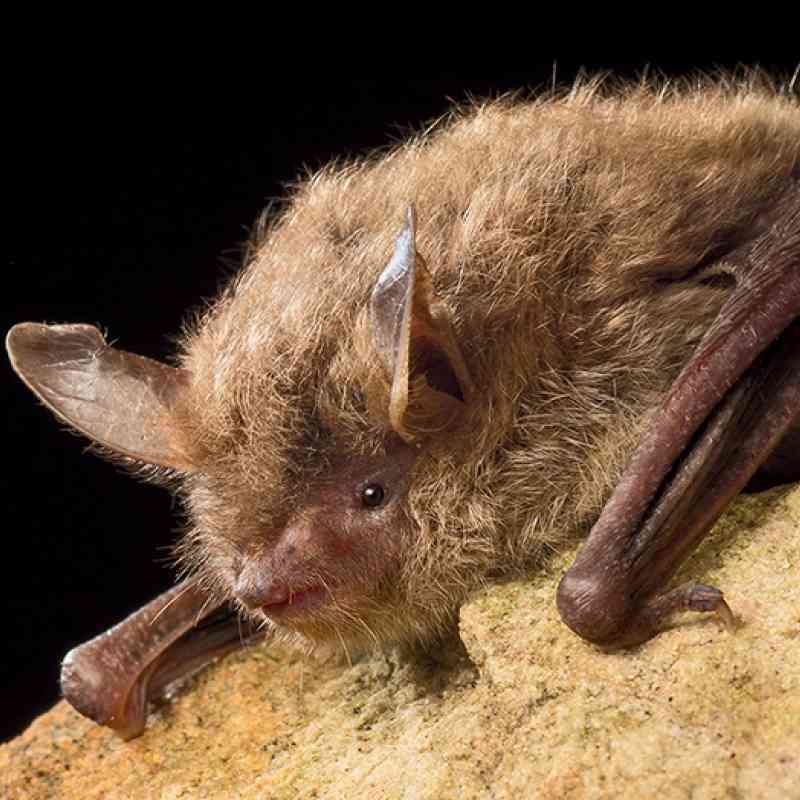Conservation groups support Modified Zone Alternative as basis for BLM solar energy program
WASHINGTON (05/02/2011) -WASHINGTON (May 2, 2011) -- Conservation groups from around the country today supported key aspects of the Bureau of Land Management's draft plan for developing solar power on America's western public lands. However, they add that a Modified Solar Zone Alternative is needed to build in important improvements that ensure protections for wildlife, water and other resources so that the final plan is truly Smart from the Start.
"We're pleased to see the BLM endorse a ‘zone-based’ approach that would guide solar projects to the right places to start – areas with the highest renewable-energy potential as well as the fewest wildlife and other conflicts," said Pam Eaton, TWS’s deputy vice president for public lands. "Together with improved energy efficiency and small-scale solar projects, an enhanced zone approach will allow our public lands to play an important role in America's transition to a clean, renewable energy future."
"If they're smart about this, we'll have more power from renewable energy and get it to consumers sooner and at a lower cost, while creating thousands of new jobs, and providing a cleaner, healthier future for our children," said Johanna Wald, senior attorney at NRDC. "While the BLM's proposal provides a good starting point, it won’t achieve these goals without important improvements.”
The BLM’s preferred alternative is one of two being examined in a draft Solar Programmatic Environmental Impact Statement. One, the Solar Energy Zones Alternative, would guide solar power projects to 24 specific zones covering nearly 677,000 acres in Arizona, California, Colorado, Nevada, New Mexico and Utah. The other, which is the agency's Preferred Alternative, goes much farther by opening up an additional 21 million acres outside those zones that have yet to be studied for potential resource conflicts. Conservation groups disagreed with the choice of the Preferred Alternative, and argued neither alternative offered the certainty that the groups, solar developers, and the agency itself needs to move forward on a smart path.
According to Jim Lyons, senior director for renewable energy with Defenders of Wildlife, the Department of the Interior has committed to building a clean, renewable energy future Smart from the Start. He adds that while the BLM’s draft plan for solar energy on public lands shows some promise, it’s possible to better minimize and mitigate project impacts so wildlife is no worse off as a result; and he says this draft doesn’t do that yet and must be improved to ensure protections for wildlife and water, including a clear commitment to mitigate unavoidable damage.
“Solar energy is key to a real clean energy future. That’s why the conservation community has been working tirelessly over the last several months on recommendations to help the BLM design a plan that will be flexible enough to help developers build projects, while at the same time reduce chances for conflicts with wildlife and speed up permitting,” said Lyons.
The groups pointed out that several of the 24 proposed zones would have a significant adverse impact on the local environment and recommended that those zones be dropped in favor of a process to designate other sites that are equally well suited to solar development with significantly less impact on publicly owned natural resources.
A 114-day public comment period on the draft plan, which included 13 listening sessions around the western United States, ended today. In addition to presentations made at those sessions, more than 65,000 comments were submitted recommending that the BLM adopt a modified Solar Energy Zones Alternative. A modified alternative would:
• Allow solar development only inside designated zones;
• Drop the proposed Pisgah and Iron Mountain zones in California and Bullard Wash in Arizona, but considers additional solar zones in California's West Mojave and in Arizona instead;
• Establish specific criteria and a timeline for creating other new solar energy zones;
• Allow BLM to comply with current wildlife law and policy and mandate sufficient mitigation for unavoidable impacts from solar development; and
• Create a process for clearing out the backlog of applications that are speculative or are in high-conflict areas so that the agency can concentrate on pending applications and encourage less controversial projects to relocate inside the zones—those most likely to be successfully permitted.
"Over the past two years, we've worked closely with solar developers and agency officials on individual projects, providing recommendations for improving those projects and identifying appropriate development areas,” said Helen O’Shea, deputy director of NRDC's Western Renewable Energy Project. "But that project-by-project approach is no way to rapidly and cost-efficiently develop the renewable energy we need. We need a better, smarter way forward, and we’re hoping that the BLM takes this opportunity to put a truly smart plan in place.”
The Modified Solar Energy Zones Alternative is an important stepping-stone to a national Smart from the Start renewable energy program. A true Smart from the Start program would consider contributions from energy efficiency as well as from all renewable energy sources -- wind, solar and geothermal, whether large-scale or small. It would also set clear guidelines and criteria for how, when and where those projects will be sited. That includes putting projects on private lands as well as public lands, steering them to already degraded lands such as abandoned farms and mines, or former military installations, placing them near existing power lines, and ensuring that they will pose minimal threats to wildlife, water supplies and other resources.
Learn more about Defenders' work on renewable energy.
Contact(s):
James Navarro, Defenders of Wildlife, (202) 772-0247Serena Ingre, Natural Resources Defense Council, (415) 875-6155
Chase Huntley, The Wilderness Society, (202) 429-7431
Defenders of Wildlife is dedicated to the protection of all native animals and plants in their natural communities. With more than 1 million members and activists, Defenders of Wildlife is a leading advocate for innovative solutions to safeguard our wildlife heritage for generations to come. For more information, visit www.defenders.org.
Defenders of Wildlife is celebrating 75 years of protecting all native animals and plants in their natural communities. With a nationwide network of nearly 2.2 million members and activists, Defenders of Wildlife is a leading advocate for innovative solutions to safeguard our wildlife heritage for generations to come. For more information, visit defenders.org/newsroom and follow us on Twitter @Defenders.

